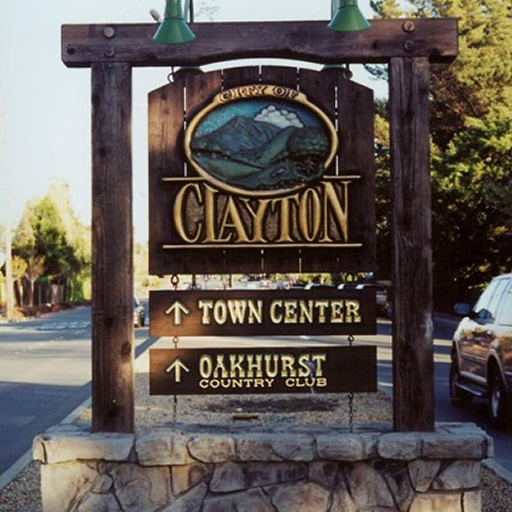
Regarding the issue of a 1000′ buffer being essentially a complete ban–so what? Other cities have imposed that same distance without legal consequence or scrutiny. The only reason it is an issue in Clayton is because of the size of our city.
Hypothetically, what if a 500′ buffer would also work as a ban? Should we then have to reduce it to 250′? And what if 250′ would also work as a ban? Should a buffer zone just be eliminated altogether?
At what point does it become an unreasonable compromise of safety? In answering that question, bear in mind that the idea of a buffer zone is for safety (primarily of children) and that 1000′ is the equivalent length of only two city blocks. It’s not like imposing a buffer zone of that size is an attempt to exile such housing miles out of town (where we already have a jail and an “honor ranch,” by the way).
We need to understand that we are living in the “Era of AB109.” However, AB109 does not require cities to completely surrender their safety to accommodate its goals. Reasonable limitations are allowed and asking that parolee housing be at least two blocks away from a school or child daycare center is simply not unreasonable. It’s just not.
Indeed, speaking as an experienced trial lawyer, I would love to see the State, County or ACLU try to argue that Clayton’s attempt to keep convicted felons from living within two blocks of our schools or parks is somehow unfair and wrong. I say bring that fight on! I suspect they will not because it’s a horrible argument to make and, more importantly, losing that fight could expose a fatal flaw in AB109–which is something they probably do not want to risk by fighting a tiny little town like Clayton.
Bottom Line: Some cities are geographically equipped to handle parolee housing and some are not. Clayton is not.
– Brian Buddell
